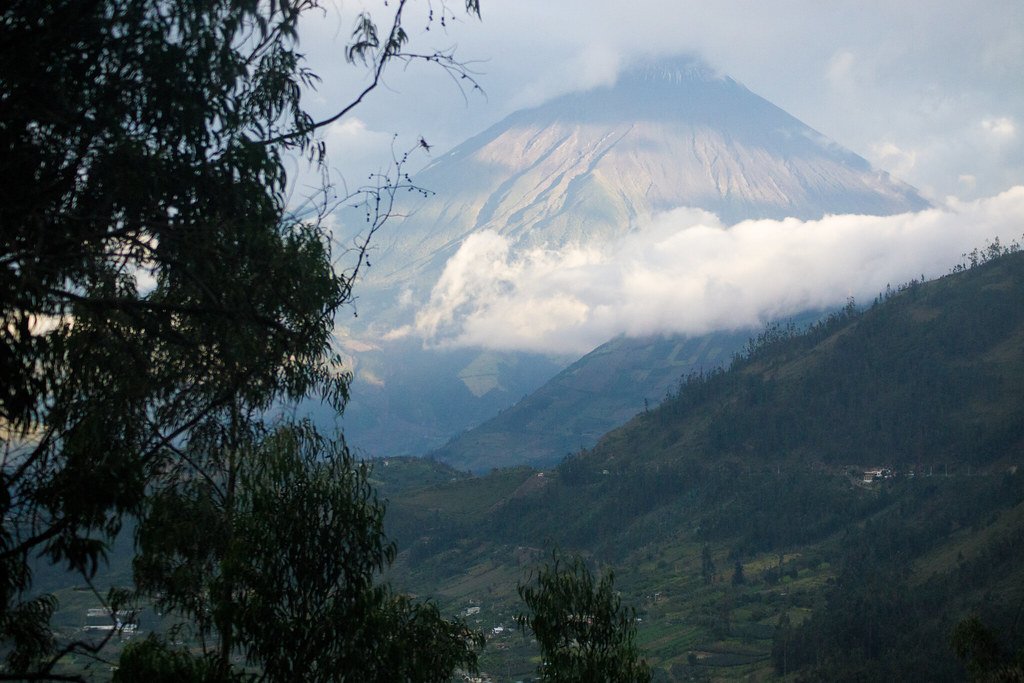Imagine a gentle landscape of rolling plains and peaceful forests, stretching as far as the eye can see. Now, picture that same calm terrain hiding a dramatic and fiery past—one shaped by molten rock, explosive eruptions, and earth-shattering forces. This isn’t a scene from a fantasy novel; it’s the real story beneath the Midwest’s feet. The heartland of America is not just about fertile soil and quiet towns. Deep below, ancient volcanoes sleep, their secrets mostly forgotten. But are these sleeping giants truly at rest, or do they still hold the power to surprise us? Let’s journey below the surface and uncover the hidden world of the Midwest’s volcanoes.
The Surprising Volcanic History of the Midwest
When most people think of volcanoes, they picture places like Hawaii or the Pacific Northwest. Yet, millions of years ago, the Midwest was home to explosive volcanic activity. Eruptions shaped the land, leaving behind unique rock formations and mineral deposits that silently tell the story of a fiery age. From Missouri to Minnesota, evidence of ancient volcanic fields can be found, even if covered by layers of soil and vegetation today. These eruptions weren’t just small events; they were massive, altering landscapes and influencing climate patterns for centuries. Scientists believe that without these ancient volcanic episodes, the Midwest’s current geography would look very different. The very ground we walk on owes much to this powerful, forgotten force.
What Exactly Is a Dormant Volcano?
A dormant volcano is one that hasn’t erupted in a very long time but could erupt again. It’s like a bear in hibernation—still alive, just not active right now. Scientists classify volcanoes as active, dormant, or extinct based on their eruption history and geological signs. Dormant volcanoes are especially tricky; they often appear harmless, blending into the landscape as hills or ridges. Yet, deep inside, they may still hold molten rock, or magma, that could one day find its way to the surface. Determining if a volcano is truly dormant or extinct is not always easy. Geologists use clues like seismic activity, gas emissions, and the age of the last eruption to make their best guesses.
The Key Players: Midwest’s Notable Ancient Volcanoes
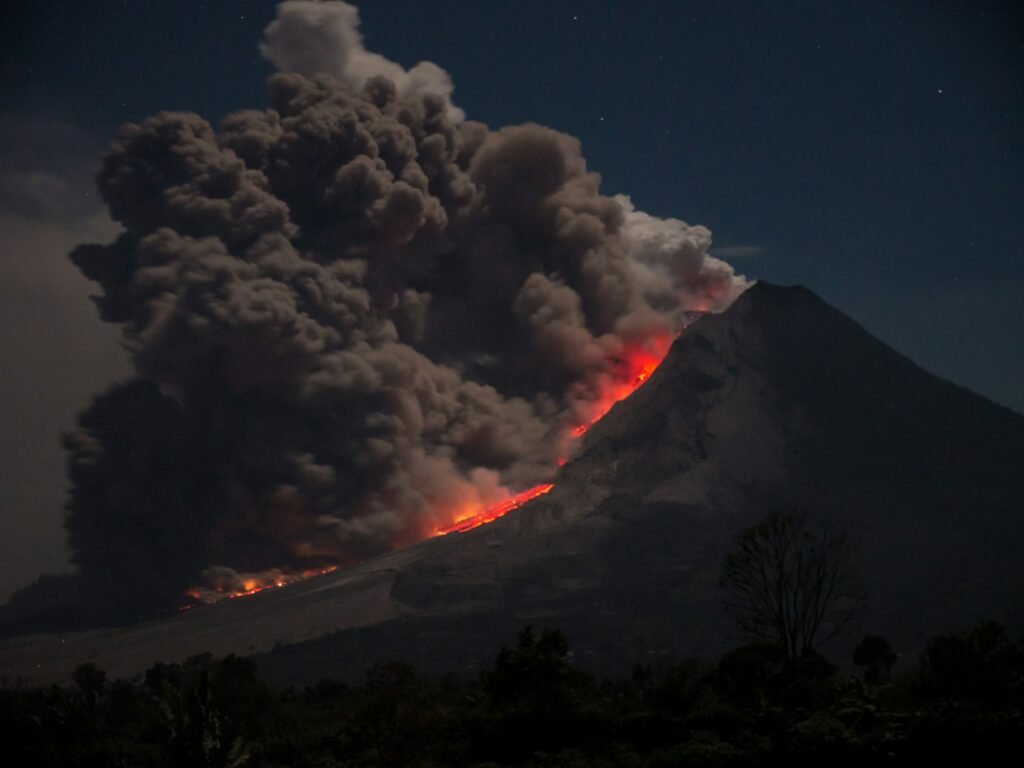
Several sites in the Midwest bear the marks of ancient volcanoes. The St. Francois Mountains in Missouri, for example, are actually the eroded tops of some of the oldest exposed igneous rocks in North America. Meanwhile, the Lake Superior region boasts the remains of gigantic rift volcanoes, where lava once poured out in massive flows, leaving behind layers of basalt rock. In Kentucky, the Hicks Dome is another fascinating remnant, shaped by volcanic activity deep underground. Each of these places tells a chapter of the Midwest’s volcanic story, even if their dramatic days are lost to time. These sites attract geologists and curious travelers alike, eager to see the physical evidence of ancient eruptions.
Clues Hidden Beneath the Surface
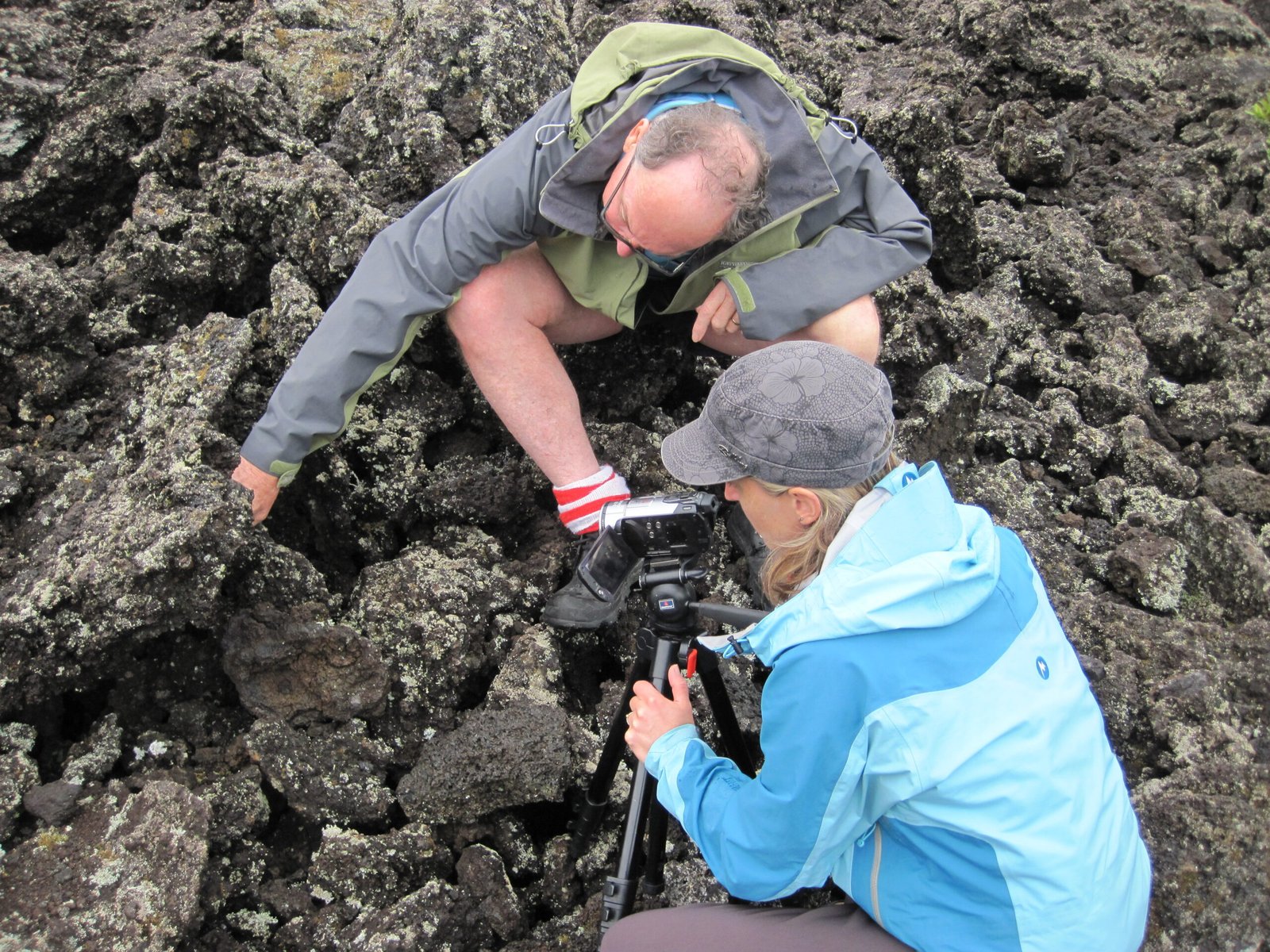
Even though the volcanoes are not erupting today, the signs of their existence are everywhere if you know where to look. Underground, geologists find rocks like basalt and rhyolite, which only form from volcanic activity. Some areas have mineral springs rich in rare elements—another gift from their volcanic roots. You might stumble upon oddly shaped hills or craggy outcrops that are actually the hardened remains of lava flows. In places like Missouri, lead and zinc mines dig through layers of volcanic rock, providing not only minerals but clues to the region’s fiery past. These hidden hints are like pieces of a puzzle, waiting to be put together by those who are curious enough to investigate.
Why Didn’t We Know About This Before?
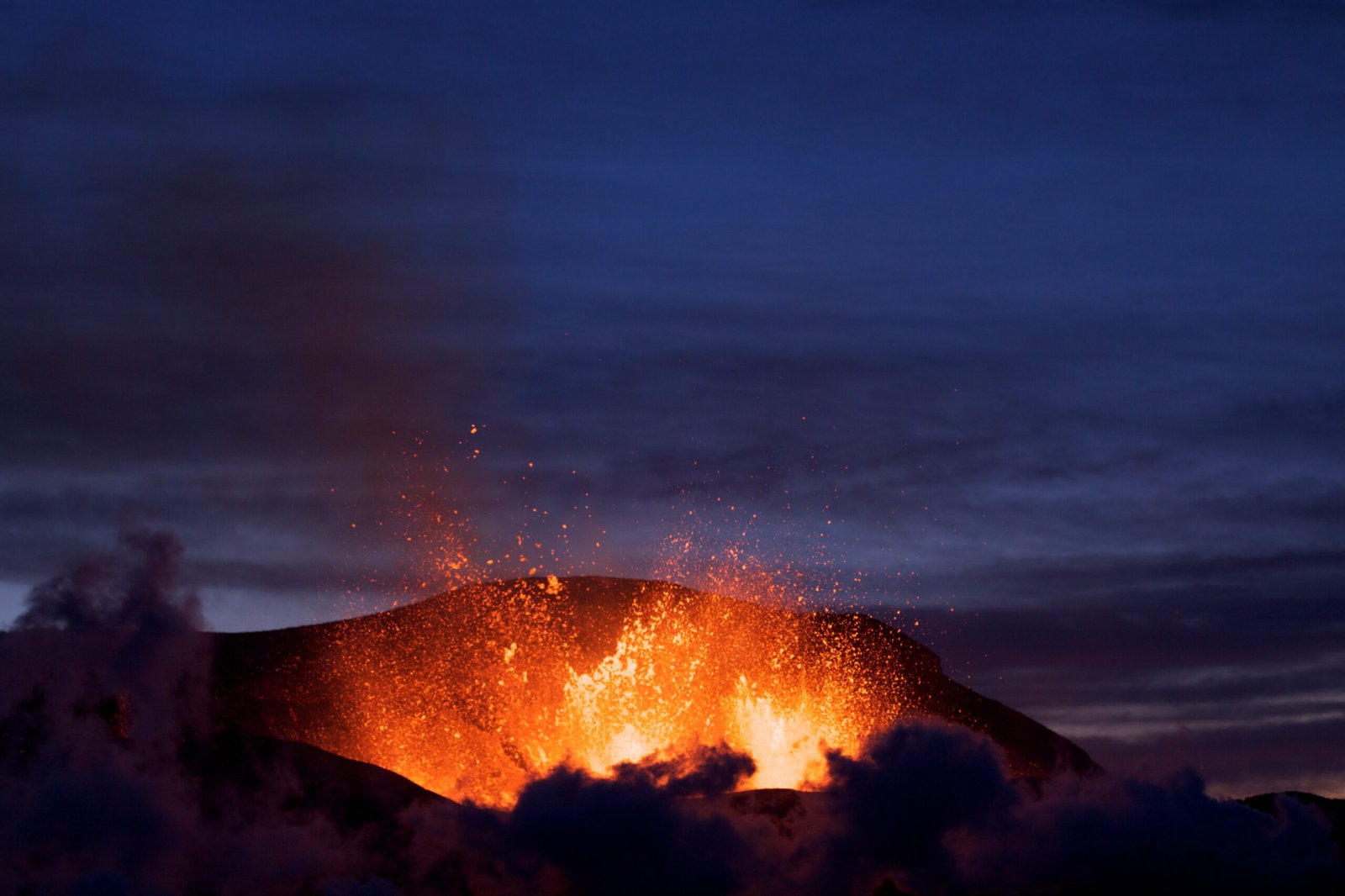
It’s easy to overlook the volcanic history of the Midwest because the evidence isn’t always obvious. Unlike dramatic volcanoes with smoking peaks, the Midwest’s ancient volcanoes have been worn down by millions of years of wind, rain, and ice. Thick layers of sediment now cover most signs of past eruptions. Early settlers and even scientists often focused more on the rich soil and resources than the rocks beneath. Only with modern tools—like satellite imagery and deep drilling—have geologists started to uncover the full story. This hidden history challenges our assumptions about what the Midwest really is.
Modern Science Peering Into the Past
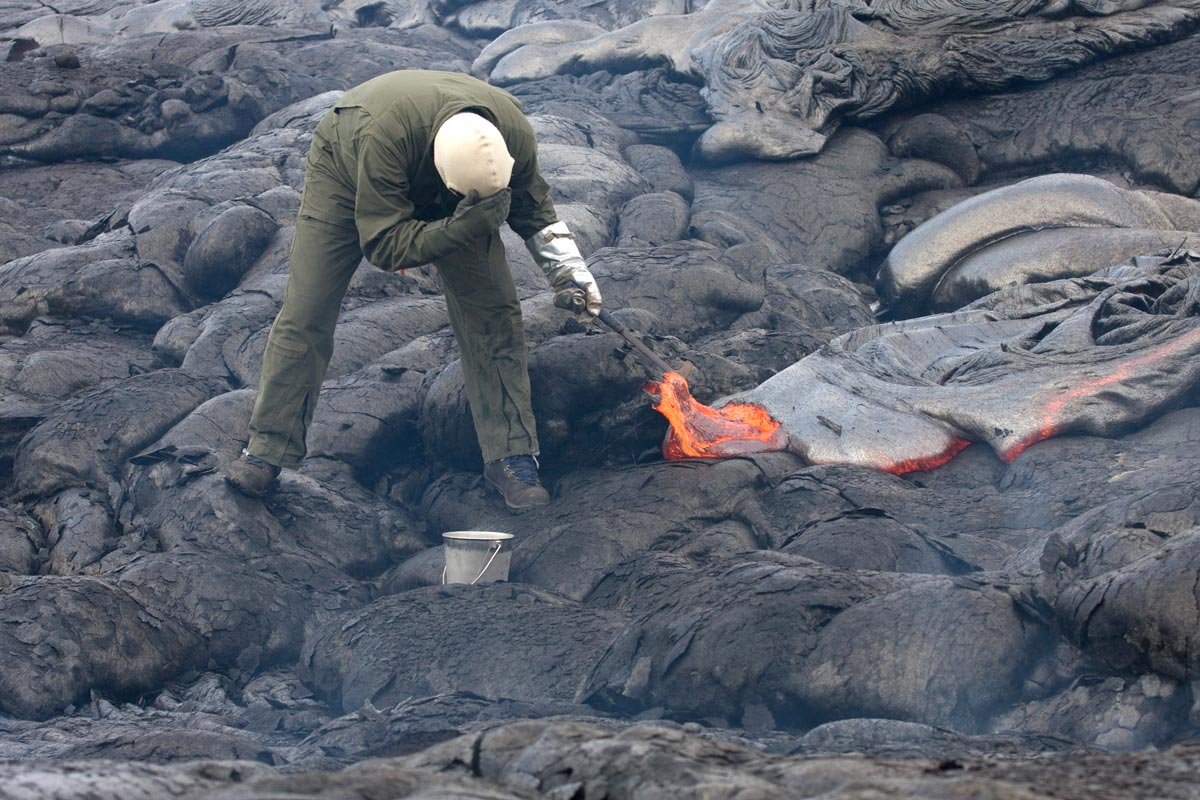
Today, scientists use a combination of technology and detective work to study these sleeping volcanoes. Seismic sensors listen for tiny tremors that might signal movement deep underground. Chemical analysis of rocks reveals their volcanic origins, while radiometric dating tells us just how long ago the eruptions occurred. Geologists also study ancient ash layers, sometimes found hundreds of miles from their source, to map out where volcanoes once erupted. Each new discovery adds another layer to our understanding, painting a picture of a region far more dynamic than we ever imagined. The Midwest may look quiet, but its geological story is anything but dull.
Could the Midwest’s Volcanoes Ever Wake Up?
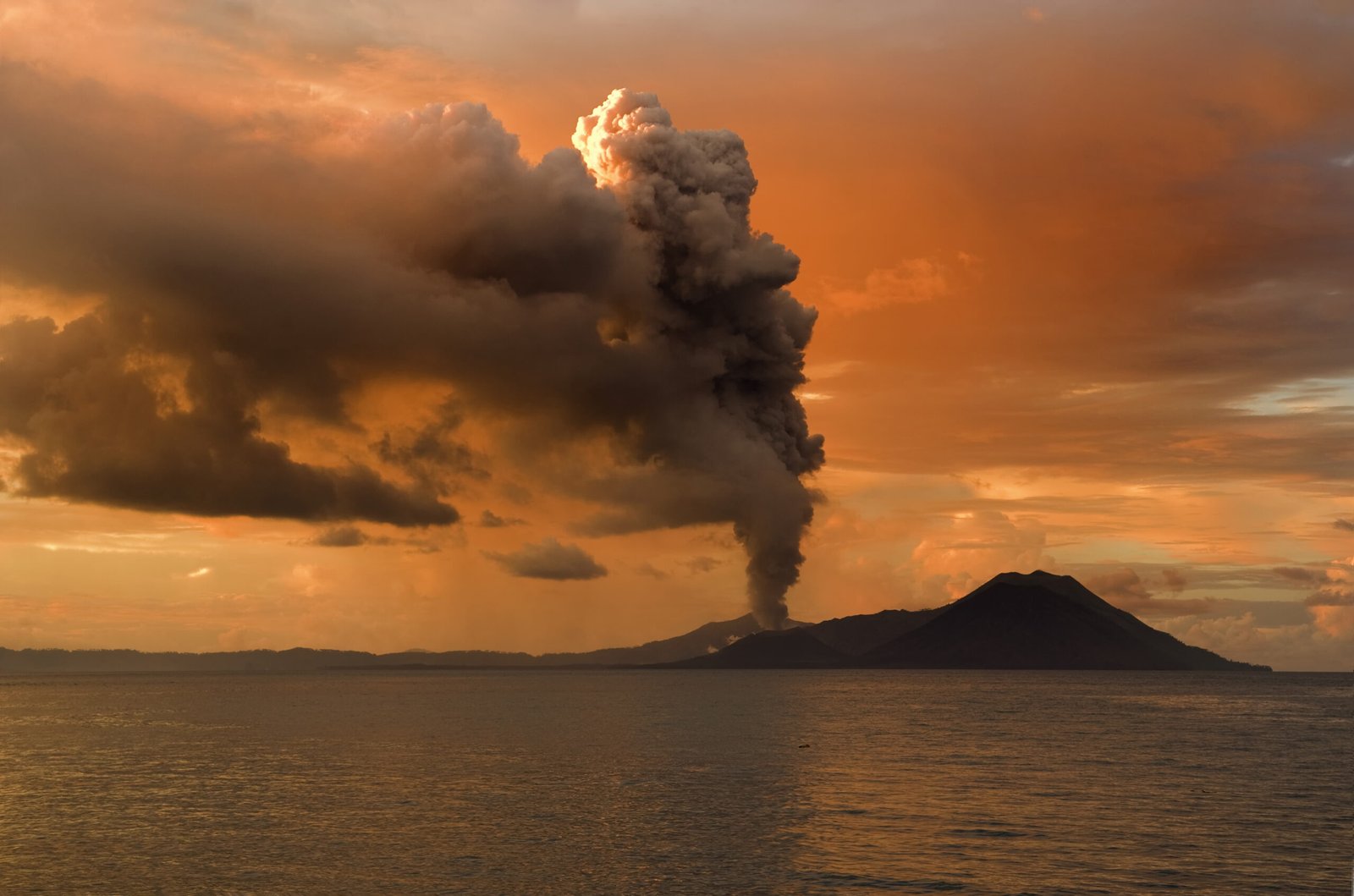
This is the question that both fascinates and unnerves many people. While the volcanoes of the Midwest have not erupted for hundreds of millions of years, some scientists warn that “dormant” does not always mean “dead.” Earth’s crust is constantly shifting, and in rare cases, old volcanic regions can be reactivated by tectonic movements. However, the chances are extremely low—much lower than in places like the Pacific Northwest. Still, geologists keep a close watch, just in case. The idea that something so calm on the surface could still hold ancient power is both thrilling and a little unsettling.
What Would Happen If They Did?
If a Midwest volcano ever erupted again, the effects would be dramatic, even catastrophic. Volcanic eruptions can cause massive ash clouds, disrupt weather patterns, and create lava flows that reshape the land. While unlikely, the impact on nearby cities, farmlands, and infrastructure could be immense. Emergency planners sometimes use these scenarios to prepare for other natural disasters, like earthquakes or floods, since the principles of response are similar. The thought of a volcano awakening in the Midwest is like something out of a disaster movie, but it serves as a powerful reminder of nature’s unpredictability.
Lessons From the Ancient Past
The story of the Midwest’s volcanoes is a lesson in humility. It reminds us that the land beneath our feet has a history far older and more dramatic than we often realize. Ancient peoples may have witnessed the last gasps of volcanic activity, passing down stories that became legend over time. Today, we use science to piece together these stories, learning not only about the past but also about our own place in the world. The rocks and minerals left behind by these volcanoes continue to shape life in the Midwest, from fertile soils to valuable resources.
The Volcanoes’ Secret Gifts
While volcanoes can be dangerous, they also leave behind gifts that benefit people and ecosystems. Volcanic soil is famously rich, supporting agriculture in regions all over the world, including parts of the Midwest. Minerals like copper, lead, and zinc, all mined from volcanic rocks, have powered industries and built communities. Hot springs and unique landscapes attract tourists and inspire artists. Even in their long sleep, these ancient volcanoes continue to give. Their presence is a hidden blessing, woven into the fabric of daily life in ways most people never realize.
The Fascination of a Hidden World
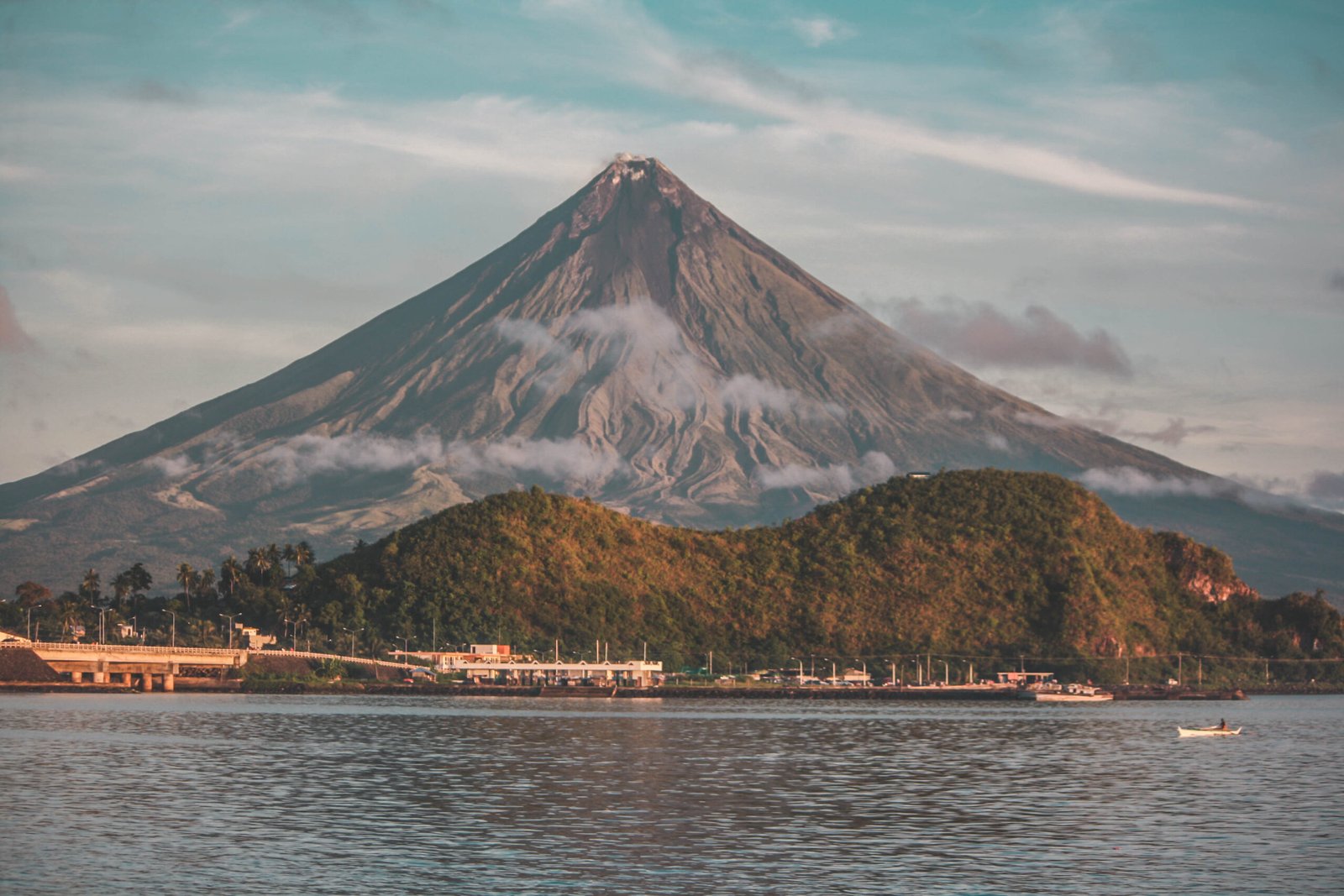
There is something deeply captivating about the idea of sleeping volcanoes beneath familiar ground. It taps into our sense of wonder and curiosity about the natural world. Knowing that the quiet hills and fields of the Midwest once echoed with eruptions changes how we see the landscape. It invites us to look closer, to ask questions, and to appreciate the dramatic history that shaped our present. For science enthusiasts, nature lovers, and anyone who has ever wondered about what lies beneath, the story of the Midwest’s volcanoes is both a mystery and an invitation to explore.
A Quiet Landscape With a Fiery Legacy
The Midwest may seem unremarkable at first glance, but its volcanic history is a testament to the power and unpredictability of nature. These ancient volcanoes, now worn and hidden, have shaped the land, enriched the soil, and left behind a story worth telling. As we walk across quiet fields or drive past rolling hills, it’s worth remembering the fiery forces that once ruled this place. The sleeping volcanoes of the Midwest are a reminder that even the calmest landscapes can hold the most astonishing secrets.

